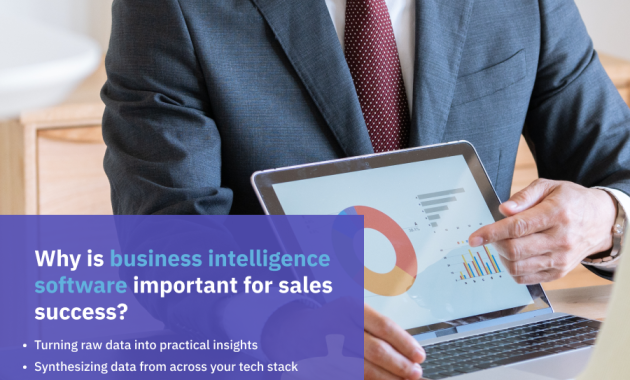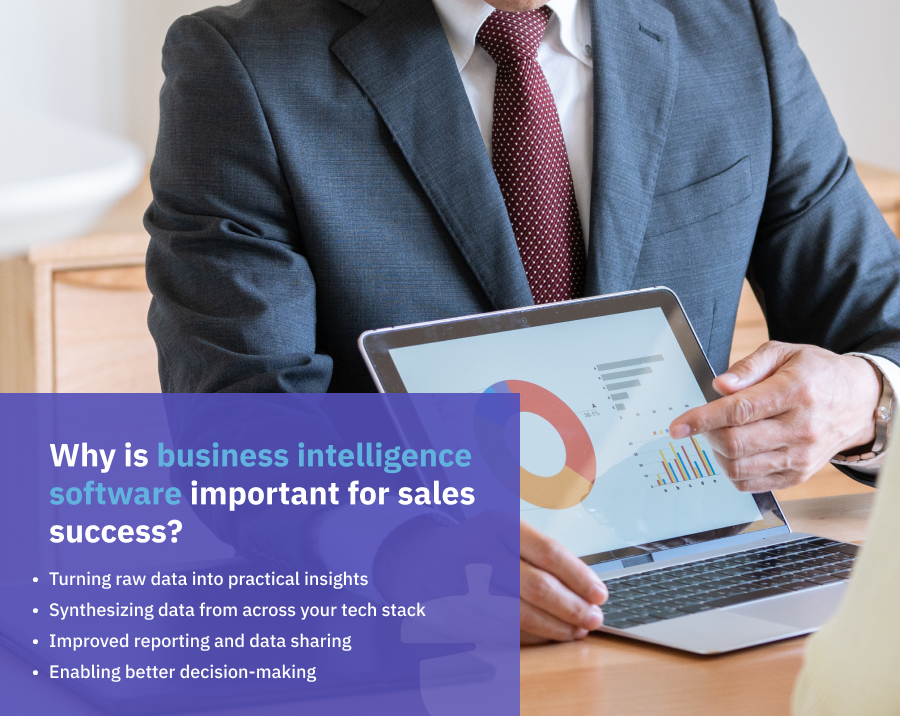
How to Explore Data Using Business Intelligence Software Easily: A Comprehensive Guide
In today’s data-driven world, understanding your data is no longer a luxury, it’s a necessity. Businesses of all sizes are drowning in information, but often struggle to extract meaningful insights. The key to unlocking this potential lies in the effective use of Business Intelligence (BI) software. This article provides a comprehensive guide on how to explore data using Business Intelligence software easily, empowering you to make informed decisions and drive strategic growth. We will explore the core functionalities, benefits, and practical tips for harnessing the power of BI tools.
Understanding Business Intelligence and Its Importance
Business Intelligence (BI) refers to the technologies, applications, and practices used to collect, integrate, analyze, and present business information. Its primary goal is to support better business decision-making. BI software provides a centralized platform to access and analyze data from various sources, offering a holistic view of your organization’s performance. This allows for data-driven insights, leading to improved efficiency, profitability, and competitive advantage.
Core Components of Business Intelligence Software
Effective use of business intelligence software requires a basic understanding of its core components. These components work together to create a powerful data exploration experience:
- Data Collection and Integration: The process of gathering data from diverse sources, such as databases, spreadsheets, and cloud applications. Integration ensures data consistency and accuracy.
- Data Warehousing: Storing integrated data in a central repository optimized for analytical queries. This improves performance and simplifies data exploration.
- Data Analysis and Reporting: Utilizing analytical tools to explore data, identify trends, and generate reports. This includes features like data visualization, ad-hoc analysis, and predictive modeling.
- Data Visualization: Transforming raw data into visually appealing charts, graphs, and dashboards. This makes complex information easier to understand and share.
Benefits of Using Business Intelligence Software
Implementing business intelligence software offers a multitude of benefits, contributing significantly to organizational success:
- Improved Decision-Making: Data-driven insights enable more informed and strategic decisions.
- Enhanced Efficiency: Automating data analysis and reporting saves time and resources.
- Increased Profitability: Identifying and capitalizing on market opportunities drives revenue growth.
- Competitive Advantage: Understanding market trends and customer behavior gives a competitive edge.
- Better Customer Understanding: Gaining insights into customer preferences and behaviors improves customer satisfaction.
Choosing the Right Business Intelligence Software
Selecting the appropriate business intelligence software is crucial for maximizing its benefits. Consider these factors when making your choice:
- Data Sources: Ensure the software supports your existing data sources.
- Ease of Use: Choose a user-friendly interface that allows for easy data exploration.
- Scalability: Select a solution that can accommodate your growing data volumes.
- Reporting Capabilities: Evaluate the software’s ability to generate various types of reports and visualizations.
- Integration: Consider the software’s integration capabilities with other business systems.
- Cost: Assess the pricing model and ensure it aligns with your budget.
Step-by-Step Guide on How to Explore Data Using Business Intelligence Software Easily
Now, let’s delve into a practical guide on how to explore data using business intelligence software easily. This approach focuses on a user-friendly experience:
- Connect to Your Data Sources: The first step involves connecting your BI software to the relevant data sources. This may include databases, spreadsheets, and cloud applications. The software will typically provide connectors for various data types.
- Import and Prepare Your Data: Once connected, you’ll need to import the data you want to analyze. Most BI tools provide data preparation capabilities, allowing you to clean, transform, and shape your data for analysis.
- Create Visualizations: Data visualization is key to understanding your data. Utilize charts, graphs, and dashboards to represent your data visually. Experiment with different chart types to find the best way to convey your insights.
- Perform Data Analysis: Use the analytical tools within the BI software to explore your data. This includes filtering, sorting, and grouping data. You can also perform more advanced analyses, such as trend analysis and predictive modeling.
- Create Reports and Dashboards: Compile your visualizations and analyses into reports and dashboards. These can be shared with stakeholders to communicate your findings.
- Share and Collaborate: Most BI software offers options for sharing reports and dashboards with your team. Collaboration features allow users to discuss and analyze findings together.
Practical Tips for Effective Data Exploration
Here are some practical tips to help you explore data effectively using business intelligence software:
- Define Your Questions: Before you start exploring, clearly define the questions you want to answer. This will guide your analysis and help you focus your efforts.
- Start Simple: Begin with simple visualizations and analyses, gradually adding complexity as needed.
- Use Filters and Slicers: Utilize filters and slicers to narrow your focus and drill down into specific data subsets.
- Experiment with Different Views: Try different chart types and visualization layouts to find the most effective way to present your data.
- Look for Trends and Patterns: Analyze your data for trends, patterns, and anomalies. This can reveal valuable insights.
- Iterate and Refine: Data exploration is an iterative process. Refine your analysis and visualizations as you uncover new information.
Examples of Business Intelligence Software
Several powerful business intelligence software options are available in the market. Some of the leading tools include:
- Tableau: Known for its user-friendly interface and powerful data visualization capabilities.
- Microsoft Power BI: Offers a comprehensive suite of tools, including data modeling and advanced analytics.
- Qlik Sense: Employs an associative data model, allowing for flexible data exploration.
- Looker: Provides a data platform for data discovery, analytics, and business intelligence.
- Sisense: Known for its in-memory processing and fast data analysis.
Each of these tools offers unique features and capabilities. Research your options and choose the software that best suits your needs.
The Future of Business Intelligence
The field of Business Intelligence is constantly evolving. Advancements in areas such as artificial intelligence (AI), machine learning (ML), and cloud computing are transforming the way businesses explore and leverage data. Future trends include:
- AI-Powered Analytics: AI and ML will automate data analysis, providing deeper insights and predictive capabilities.
- Self-Service BI: Increased focus on empowering business users with self-service tools, enabling them to explore data independently.
- Cloud-Based BI: Cloud-based solutions will become more prevalent, offering scalability, accessibility, and cost-effectiveness.
- Data Democratization: Efforts to make data accessible to all employees, regardless of their technical skills.
Staying informed about these trends is crucial for maintaining a competitive edge in the data-driven landscape. Understanding how to explore data using business intelligence software easily is the first step.
Conclusion: Embrace Data Exploration
In conclusion, mastering how to explore data using business intelligence software easily is essential for modern businesses. By leveraging the power of BI tools, you can unlock valuable insights, make informed decisions, and drive strategic growth. This guide provides a comprehensive overview of the key components, benefits, and practical tips for effective data exploration. Embrace the power of data, explore your information, and unlock your business’s full potential. The ability to easily explore data through BI software is a key differentiator.
[See also: Benefits of Business Intelligence for Small Businesses]
[See also: Choosing the Right BI Software for Your Needs]
[See also: Data Visualization Best Practices]

